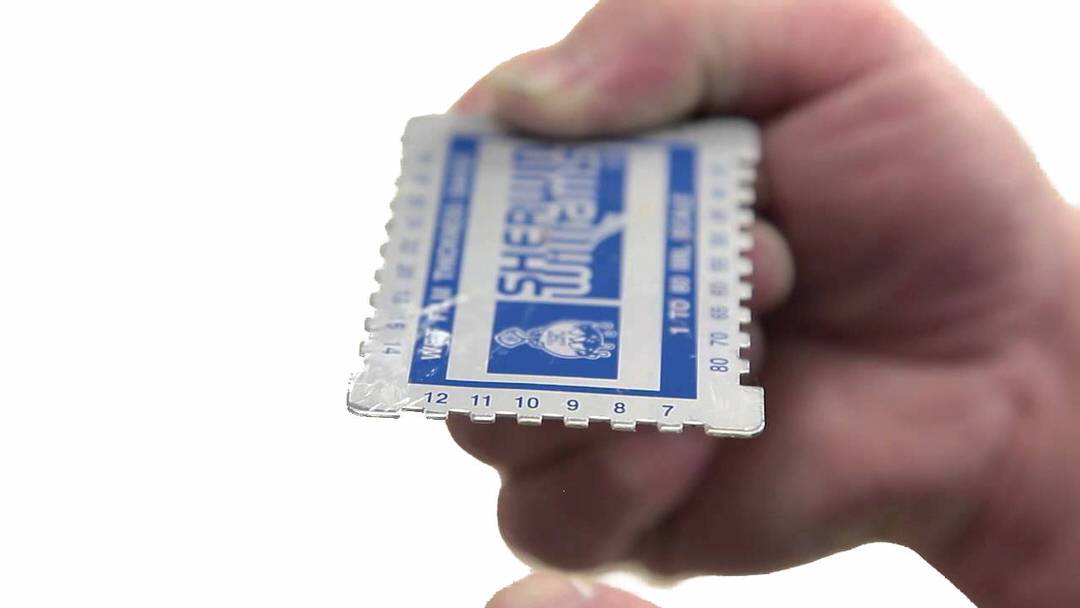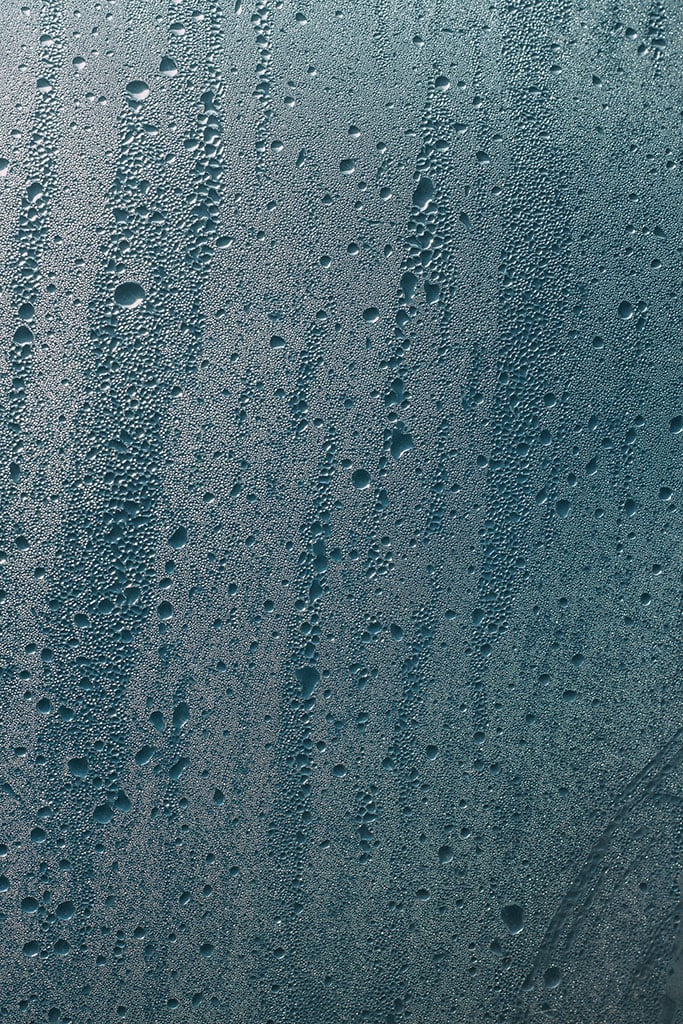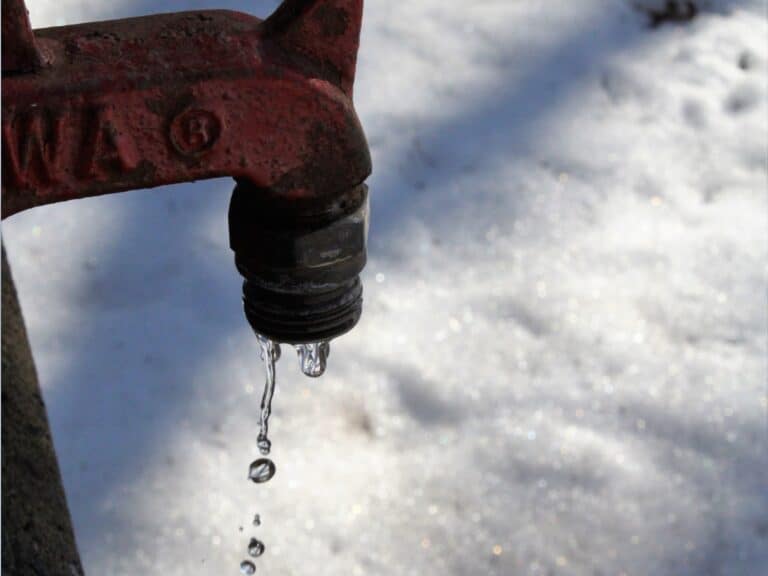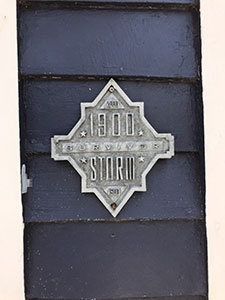Customers sometimes ask us, “How many coats of paint do you use?” This question arises every so often from homeowners doing their diligence. It’s a fair question, but the answer might surprise you. The answer is that we put the amount specified by the material manufacturers. In the United States, that amount is usually determined as a thickness measured in mils. So, even with brand new pre-primed siding, the answer is easy: Home Exterior Systems ( HES ) goes strictly by the James Hardie and the specific Sherwin Williams paint product specifications call for. For professional contractors, that means putting the right amount of paint measured in mils.
What the heck is a Mil, and how do you measure it?
A Mil is a thousandth of an inch or .001 inch, and it describes how thick the paint on your house should be. The average human hair thickness is about 0.0028 to 0.0047 inches or 2.8 to 4.7 mils wide. Each paint manufacturer recommends a “wet” thickness and other specifications to maximize performance. Essentially, we want to avoid being too thick or too thin to get the best protective finish. Whenever there’s a question about the amount of paint applied, a gauge or “comb” is used to check the wet paint during application. It’s pressed onto a freshly wet painted surface to check the thickness of the coat of paint on the surface of the painted material. This is much more precise than simply one coat or two.
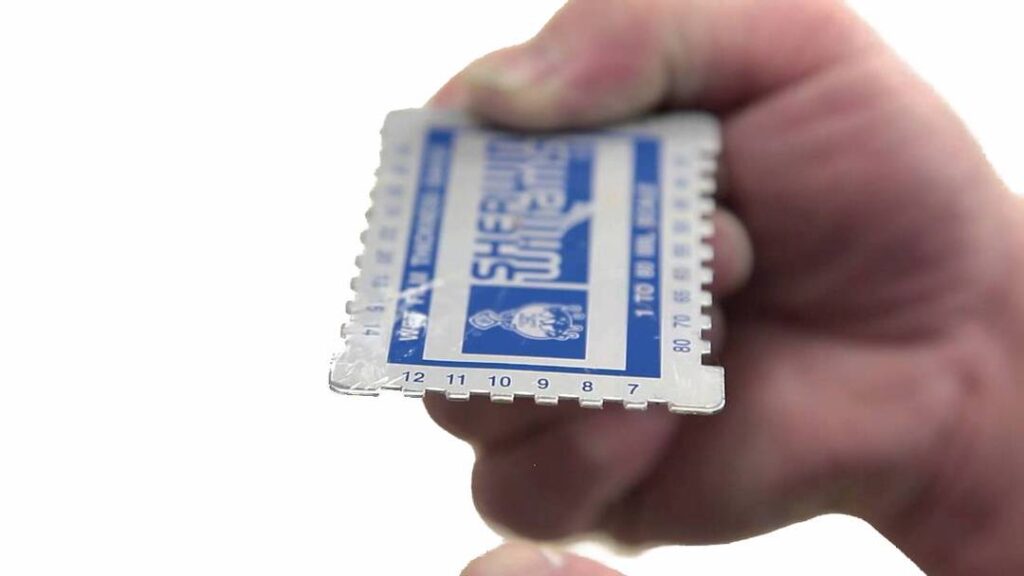
A seasoned professional painter rarely needs a Wet Paint Thickness Guage. Just as Grandma or the skilled Chef cook by experience without using measuring spoons, the expert painter knows precisely the right amount of paint to use after applying thousands of gallons of paint. Conversely, the pro knows if something is wrong as soon as they start and will make adjustments to be correct. After spraying, back-rolling, and brushing or respraying, the result is guaranteed to be perfect. It’s one of the reasons we say HES is Proven and Guaranteed.
Special Paint and Process For Each Surface
Homeowners accustomed to seeing DIY retail painting instructions urging one or two coats for coverage are sometimes thrown off by our need for more precision. The number of coats isn’t exact enough. However, in our world, seasoned experts use very high-end (expensive) spray application equipment and constantly apply hundreds of gallons of exterior paint. The paint materials used are specifically formulated for our various building materials, including siding, brick, and trim. But our design-build projects may include patio structures, custom window frames, shutters, and even stone or cement. When newly replaced, most materials are pre-primed at the factory, including James Hardie siding and trim products, and they are ready for paint soon after being installed. Pre-primed material speeds up the project completion a lot.
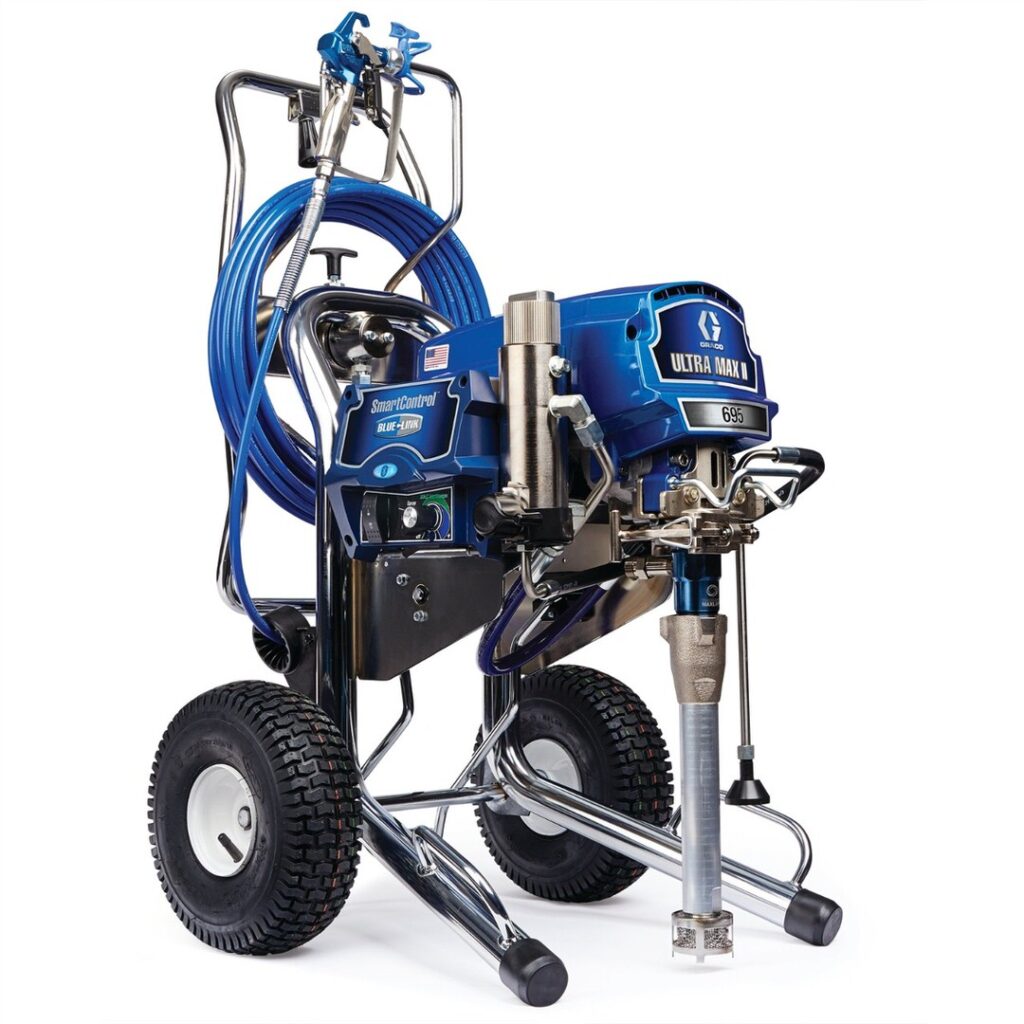
Other Factors Involved In Adequate Paint Coverage
Many factors are involved in our paint application decisions on any given project. Temperature and humidity, direct sunlight, and the quality and type of surface, to name a some. We can typically get one application to work for many situations if the conditions are right. If a mix of materials and a drastic color change is involved, then we may mix our strategy to get a good quality finish and color match. At the end of the day, the expert wielding the equipment has years of experience and knows what to do to guarantee the results. Proven and Guaranteed, the HES mantra.
HES Paints a Lot of James Hardie Siding in Houston, TX
Home Exterior Systems (HES) applies a lot of paint annually in the harsh Houston area. We’ve become so familiar with how each paint and coating behave or should behave that we can open a container and know in seconds if something is wrong with the paint or the color (which is very rare). It’s also why we limit our brands for quality and consistency. We trust Sherwin Williams to be our coating of choice nearly all the time, particularly on James Hardie Siding and Trim products. Sherwin Williams has never let us down.
So the answer to the one coat or two questions may be complicated. So, let’s delve into the question, “when painting James Hardie siding: one coat or two”?
Painting New Pre-Primed James Hardie Siding
Technically, our preferred James Hardie siding is pre-primed with a high-quality coating straight from the factory. The 8.25-inch Cedar Mill textured planks of primed siding require a single coat of Sherwin Williams Resilience Exterior Latex Paint. This is important in our business where weather is famously unpredictable and installation time is of the essence. However, that single coat must be applied correctly and in sufficient thickness to deliver the best possible performance. To ensure that the proper amount of paint is delivered we measure it. We have many tools to measure paint thickness and surface conditions. That said, when one paints as often as we do, experience tells us when something is off, or the paint is not covering correctly.
Each time a pre-primed piece of James Hardie Siding or Trim is cut, each freshly cut edge should be primed to maintain protection from the elements before installation.
– James Hardie Installation Best Practices
Repainting James Hardie Siding
Repainting James Hardie siding and trim is required “maintenance” once the original coating begins to break down. All paint breaks down eventually. Typically this natural degradation reveals itself as ”chalking” after years of punishing exposure to the Texas elements. Once paint breaks down, it is essential to have the surface properly prepared and repainted as soon as possible. In this case, the number of coats or the application thickness will depend on the paint used and the quality of the Fiber Cement siding surface to be repainted.
Why Single Application Paints Are Important
There are many good reasons why a commercial contractor or painter will opt for a high-end single-application paint to apply to your home’s exterior. Contrary to some opinions, it’s NOT to drive up the price and spend more of your hard-earned money. There is a measurable difference in the quality of lower-end “contractor paint” and the higher-end paints used in residential finishes. Higher-end paint is superior by nearly every measure as long as it’s applied correctly to a properly prepared surface. HES uses only the best Sherwin-Williams Paint on its projects. Why? First and foremost is time.
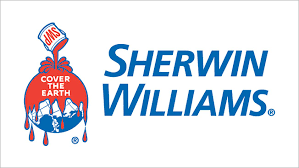
Preparation and Painting Time is Expensive
A tremendous amount of preparation and planning goes into getting the surfaces to be painted ready to be painted. This prep work is sometimes tedious but critically important to the result. In the greater Houston area, time is of the essence due to environmental reasons. Frequently, we must slot the painting stage between extremely hot or wet weather. These windows can be relatively narrow, so we aim for quality.
Better Paint Means More Predictable Results
Higher-end finishes are engineered to behave optimally in less-than-perfect conditions. Good paint is flexible within certain known limits. Flexibility is essential to exterior contractors who must deal with any uncertainties daily on the job site. Weather conditions require flexibility, as does the mix of material surfaces to be painted. As much as we’d prefer to fire up the sprayers at precisely 75-80 degrees F on windless and rain-free days, that seldom happens. We can plan until we’re blue in the face, but Mother Nature has other plans, and we must be able to accommodate her.
Excellent Paint Properly Applied Means Consistent, Beautiful Results
When you guarantee remodeled home exteriors in the Greater Houston, Texas climate like Home Exterior Systems does, you need to know that the final layer of protection on the home, the paint, is superior. It needs to look terrific and match other wall and trim facets in tone, sheen, and texture, but it needs to be tough to stand up to our harsh climate. We must know that the paint will age and fade predictably and gracefully like a fine wine.
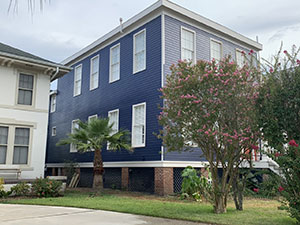
Please do give Home Exterior Systems (HES) a call if you require some exterior renovation. We would appreciate the chance to win your trust and add you to our long list of satisfied Neighbors in the Greater Houston, Texas, region. You can reach us at 281-797-8367 or by using our handy contact form. Thank you.

